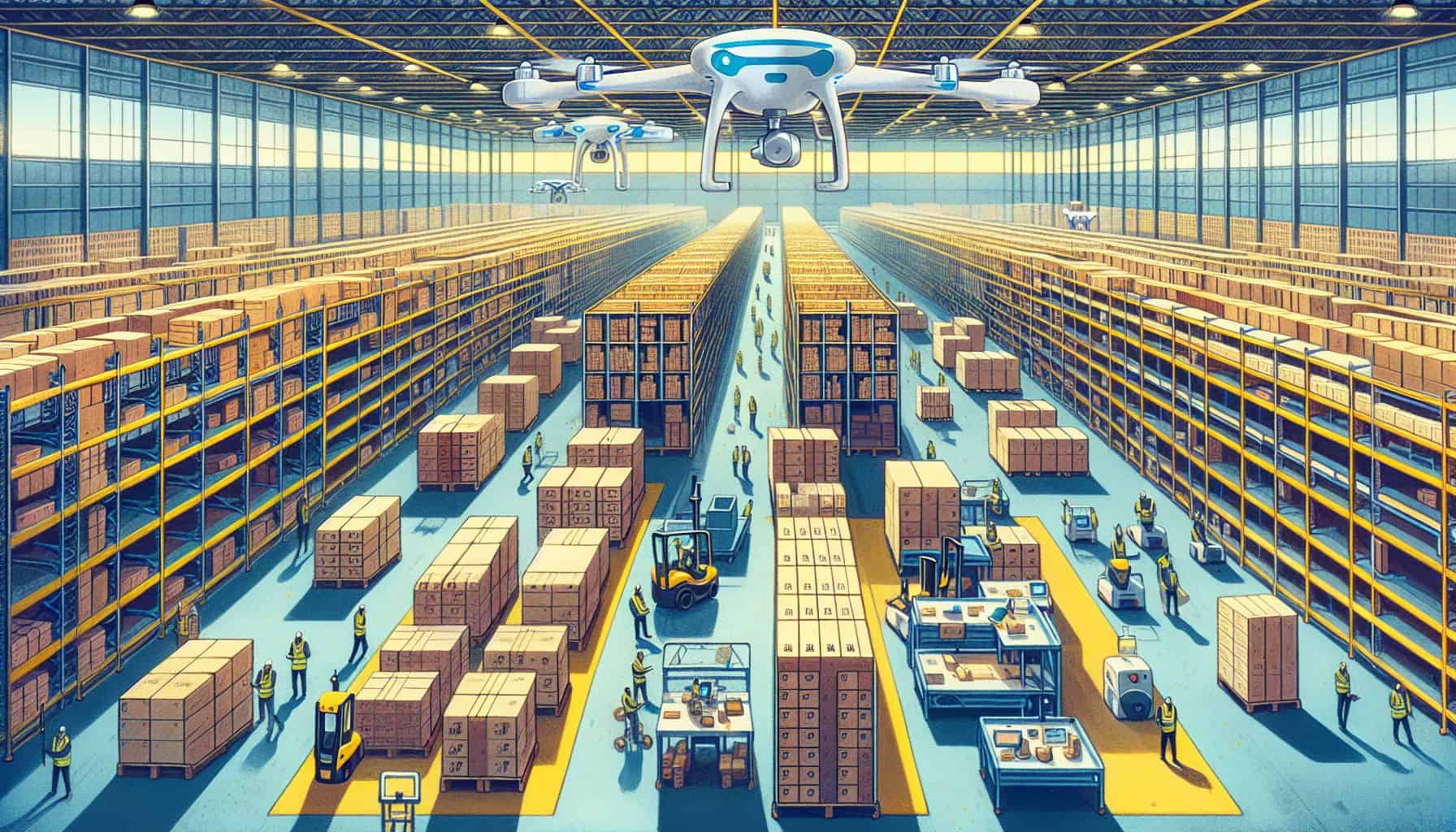
Tire and road wear particles are very small microplastics generated by road transport means during the mechanical abrasion of tires, brakes, and roads. The particles are accumulated on the roadsides and then run off into watercourses where they pollute the water ecosystem. Whilst the amount of pollution from larger microplastics is known, there has been a technological gap in the detection and analysis of the fraction of these smaller particles, writes the University of Gotenburg in a press release.
In a new study, by using a combination of optical tweezers and Raman spectroscopy called Raman tweezers, researchers have for the first time been able to detect and examine particles from tires and roads less than five micrometre in size. With the Raman tweezers, the researchers can trap and chemically analyse individual particles in a liquid environment.
Bridging the gap for the identification of nanoplastics
“The research shows that we can use this combination of optical tweezers and Raman spectroscopy to characterise the microscopic particles that are created by the abrasion of tires on roads and often end up in the sea. This closes a gap between other available techniques, in terms of size,” says Giovanni Volpe, professor at the Department of Physics.
The research project is an international collaboration led by Pietro Gucciardi from the CNR Institute for chemical and physical processes in Messina, Italy.
The potential of Raman tweezers in environmental pollution analysis contribute to fill the technological gap for detection and identification of nanoplastics. The technology can be used to create more sustainable tires that does not create these polluting particles.
“The results from the study could be used to develop tires that produce less pollution or more biodegradable microparticles,” says Giovanni Volpe.
Also interesting: The cars of tomorrow will know when it’s time to change tyres
Selected for you!
Innovation Origins is the European platform for innovation news. In addition to the many reports from our own editors in 15 European countries, we select the most important press releases from reliable sources. This way you can stay up to date on what is happening in the world of innovation. Are you or do you know an organization that should not be missing from our list of selected sources? Then report to our editorial team.




